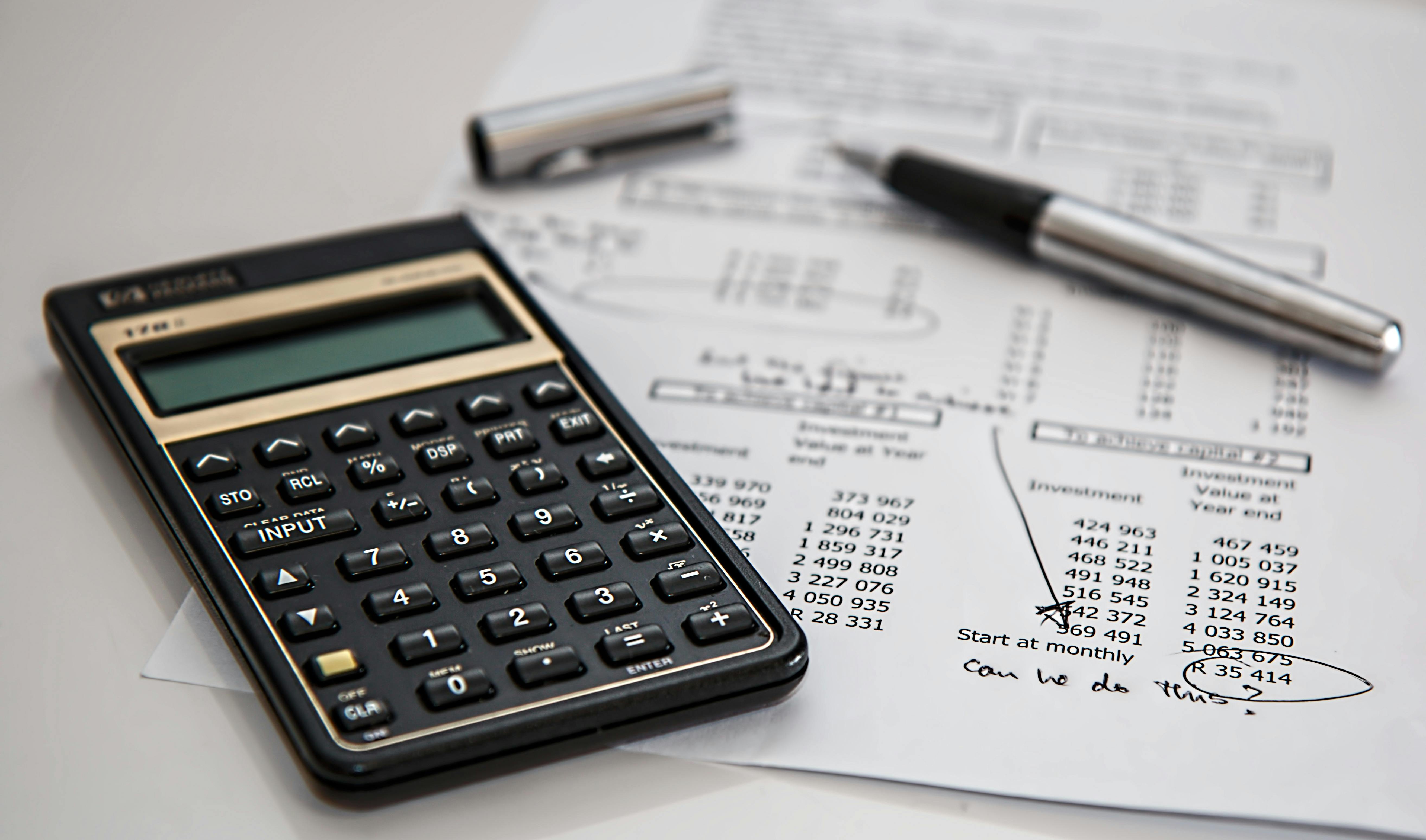Landlord Blog
Education and news for smart DIY landlords!
Keep Your Profits High: Managing Maintenance in Older Properties

Owning an older property can be a solid investment, but it comes with one unavoidable reality—maintenance costs. From aging plumbing to outdated wiring, wear and tear can quickly eat into profits if not managed wisely. The good news? With a strategic approach, you can keep your property running efficiently and your bottom line healthy. The key lies in proactive care, smart budgeting, and knowing when to repair versus replace.
Stay Ahead with Preventive Maintenance
The number one mistake landlords make with older buildings is waiting until something breaks to fix it. Reactive maintenance may seem cheaper in the short term, but it often leads to higher costs later. Preventive maintenance—regular inspections and scheduled servicing—helps you catch small issues before they turn into expensive emergencies.
Inspect your property seasonally. Check roofs for leaks, clean gutters, service HVAC systems, and test electrical and plumbing systems. Keep detailed maintenance records so you can track patterns and anticipate when major components might need attention. This not only saves money but also reduces tenant complaints and turnover.
Discover: Why Home Maintenance Is an "Investment Protection"
Budget for the Inevitable

Older properties need more frequent upkeep, so budgeting realistically is crucial. A common rule of thumb is to set aside 1–3% of your property’s value annually for maintenance, but with aging buildings, erring on the higher end is smarter.
Prioritize spending on critical systems—plumbing, roofing, and electrical—since these affect habitability and safety. Then allocate funds for cosmetic improvements that boost appeal, like paint, flooring, or landscaping. Having a reserve fund means you won’t have to scramble when a major repair arises, keeping your finances stable and your stress levels lower.
Upgrade Strategically
Not every problem needs a full replacement, but sometimes upgrading outdated systems is the most cost-effective long-term move. For instance, replacing old water heaters or installing energy-efficient windows might have an upfront cost, but they reduce utility bills and maintenance calls over time.
Focus on upgrades that deliver both efficiency and durability. Modern materials—like PVC plumbing, LED lighting, and composite roofing—require less upkeep and last longer. Plus, these improvements can make your property more attractive to tenants and justify higher rent.
Read more: Home Improvements With the Best ROI
Build a Reliable Maintenance Team

Having a trusted network of contractors and handymen can make or break your maintenance strategy. A good team understands your property’s quirks and helps you plan realistic repairs rather than quick fixes. Building long-term relationships with reliable service providers often leads to better pricing, priority service, and higher-quality work.
Don’t underestimate the value of a good property manager if you own multiple units or can’t handle repairs personally. They can coordinate maintenance, manage budgets, and ensure tenants are satisfied—all of which protect your investment.
Discover: The Pros and Cons of Hiring a Property Management Company
Conclusion
Managing an older property doesn’t have to drain your profits. With proactive maintenance, smart budgeting, and strategic upgrades, you can keep costs under control and extend the lifespan of your building. Think of maintenance as an investment, not an expense—it preserves value, keeps tenants happy, and ultimately keeps your profits high.
